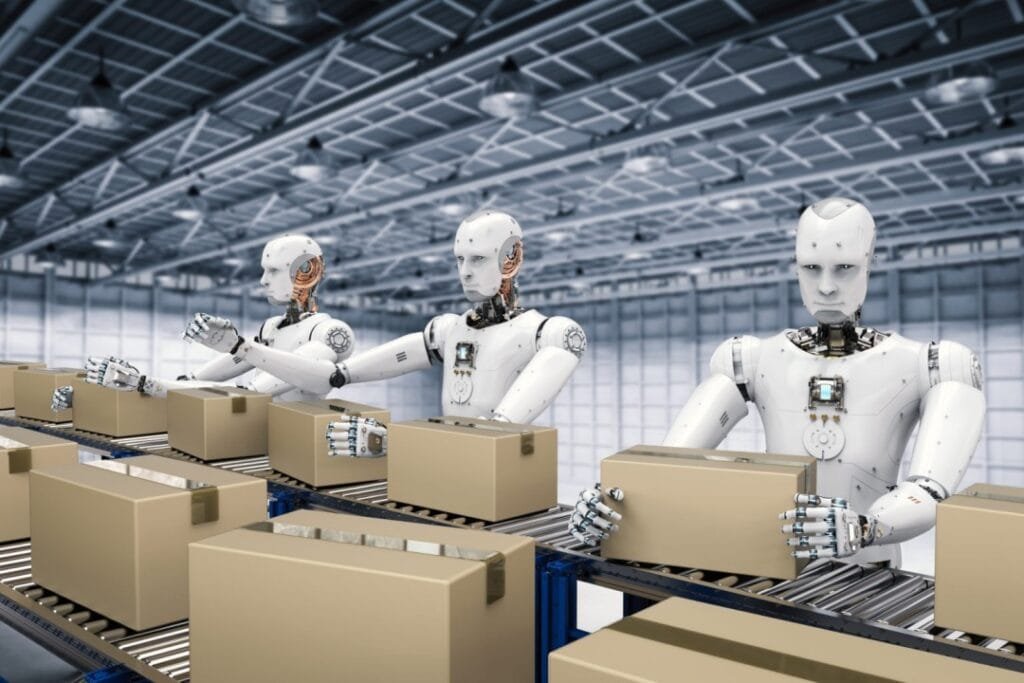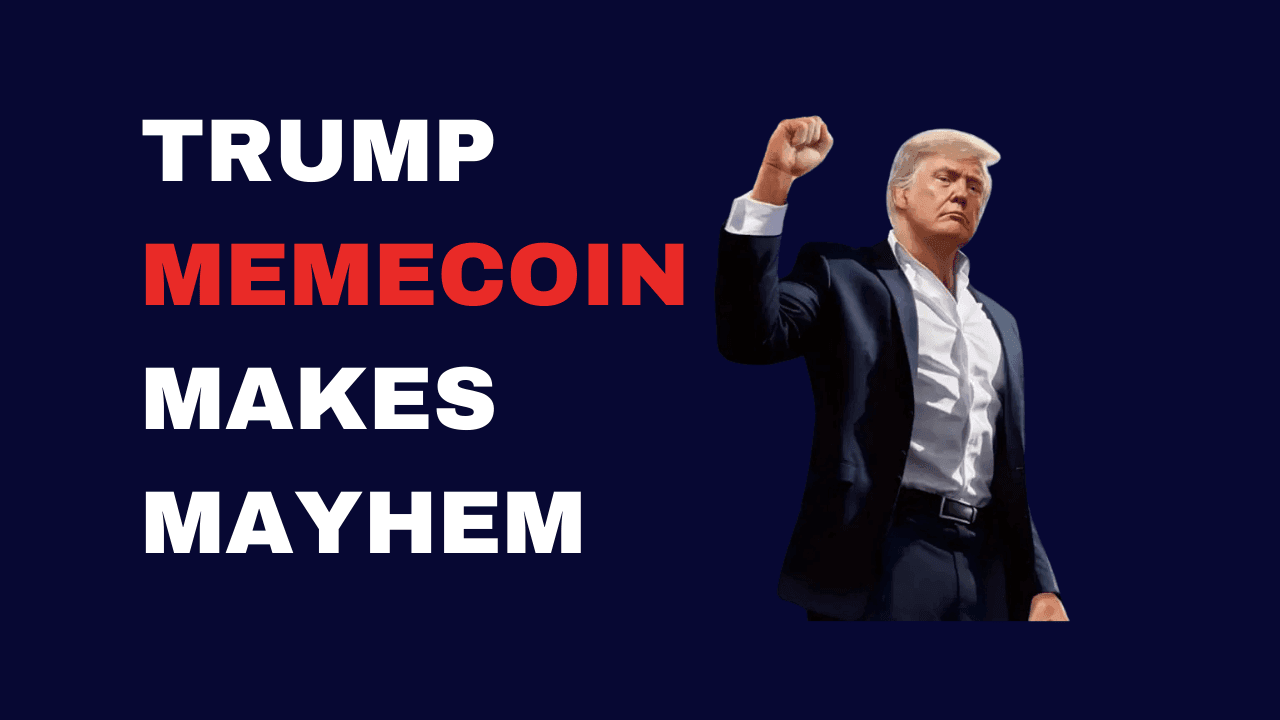In March 2021, Sam Altman outlined a vision for the future that felt a bit like science fiction, filled with promises of AI transforming every aspect of our lives—and let’s be real, some of it sounded way out there. Fast forward to today, October 2024, and the landscape looks pretty different—a mix of thrilling advances, harsh wake-up calls, and some undeniable progress that would even make the skeptics nod along. Let’s break down where Altman’s predictions stand now.
Sam Altman Prediction #1: AI Will Take Over Human Labor
Altman talked about a future where software that thinks and learns replaces most human jobs. In the next five years, he predicted, we’d have AI doctors, lawyers, even assembly line workers. And honestly? He wasn’t far off. Today, AI plays a major role in healthcare diagnostics. AI tools aren’t just assisting radiologists—in some cases, they’re out-diagnosing them.
AI is also replacing jobs in customer service, where chatbots handle common inquiries, and in retail, where automated checkout systems and inventory management are cutting the need for human workers. In manufacturing, AI-powered robots are increasingly being used on assembly lines, reducing human involvement in repetitive tasks. There’s an AI-first virtual care landscape now, with healthcare apps offering personalized advice, remote diagnostics, and even mental health support through eerily empathetic chatbots.

The legal industry also faced a huge shake-up. AI-powered legal assistants are digging through case law, drafting basic contracts, and taking the paperwork out of lawyering. It’s not the entire industry being upended, but those basic, often tedious, tasks are now largely AI-managed. And sure, people were scared (and they still are), but the new jobs—as Altman suggested—are arriving too. Companies are hiring prompt engineers and AI trainers to fine-tune machine behaviors. There are artists partnering with generative models and people managing human-AI collaboration workflows. AI hasn’t taken over; it’s shifted the job market sideways.
Altman also foresaw AI as companions—and this part has been a mixed bag. Robot companions are very real: some people use them to fight loneliness, and digital companionship apps have carved out a loyal user base. People are also creating virtual avatars and voice clones of themselves, allowing them to be present in multiple virtual spaces simultaneously or leave behind a digital version of themselves for others to interact with. For example, some people are using voice clones to record personalized bedtime stories for their children, allowing their presence to be felt even when they’re not physically around.
Others are creating avatars that attend virtual meetings on their behalf, providing real-time feedback and interactions, making it easier to manage multiple commitments. Additionally, entirely new virtual beings are being created—AI-generated characters that live in virtual worlds, providing entertainment, support, or even friendship. They may not replace a friend, but they’ve filled a need in a lot of people’s lives—especially post-pandemic, when isolation was at an all-time high.
Sam Altman Prediction #2: “Moore’s Law for Everything” and Declining Costs
Altman imagined a world where everything—not just tech—got cheaper every two years, thanks to advancements in AI. So, how’s that going? The reality is both inspiring and…not quite as rosy. AI has definitely brought some cost reductions. Manufacturing processes are leaner, supply chains are smarter, and we’re starting to see fully autonomous factories in action—leading to cheaper goods. But the big ones? Housing, healthcare, and education—these things haven’t budged much in price for most of us.

Housing remains notoriously expensive, and while there have been advances in modular, AI-assisted building techniques, the cost reductions have been hamstrung by good old-fashioned politics, red tape, and limited land availability. Healthcare has benefited from AI efficiencies, but the cost savings aren’t exactly trickling down as fast as we’d hoped.
However, the declining costs of AI tokens over the last 18 months show how Moore’s Law continues to prove itself in the AI domain. AI tokens, used in cloud-based machine learning models, have seen a substantial decrease in cost, making powerful AI services more accessible to both companies and individuals. In short: Moore’s Law hasn’t quite stretched into our lives the way Altman envisioned, but we’re seeing flickers of progress.
Education, though, has a more promising story to tell. AI-powered tutors have made personalized education far more accessible. Adaptive learning platforms—tailoring lessons to how you learn—have become widely adopted, and more people have access to quality education outside the traditional school system. This is where Altman’s vision is gaining momentum: affordable, AI-driven education is becoming a reality.
Sam Altman Prediction #3: A New Kind of Capitalism
Altman called for an economic system where everyone—not just the tech titans—benefits from AI. He wanted a society where AI-generated wealth was shared, proposing a tax on companies and land to fund an “American Equity Fund.” His idea was simple: tax the capital, distribute the gains to all citizens, and create an economy where everyone has a stake in the future.

So, what’s the score in 2024? Well, the conversation about a universal basic income (UBI) has gotten louder—especially as AI continues to displace traditional jobs. Pilot programs have rolled out in cities across the US and Europe, and there have been trials of “citizen dividends” funded by local AI taxes. While we’re far from a nationwide Equity Fund, there is momentum. People are starting to agree: if AI is producing all this wealth, maybe it’s time to rework the rules to share it around.
There’s also been a significant rise in worker cooperatives that leverage AI to create value. People are forming collectives to buy shares in AI-driven ventures, distributing profits more equitably among themselves. This isn’t exactly what Altman predicted, but it’s a creative twist that puts people—not corporations—in charge of the wealth generated by AI.
The Upshot: We’re Getting There, But…
The progress is undeniable. AI is reading X-rays, diagnosing conditions, assembling products, teaching kids, and even keeping people company. But it hasn’t all happened as fast, or as universally, as some expected. While there are groundbreaking advances, there’s still a gap between what’s technically possible and what’s available to everyone. And the societal adaptation? It’s slower. Policies haven’t caught up to the technology, and inequality is still a massive hurdle.
We’re in the middle of that tectonic shift Altman predicted, but the pivot towards equity and inclusivity is taking time. AI-driven economic transformation is real—you can see it in the plummeting cost of AI-driven goods, in the push towards universal AI-assisted education, and in the conversations about sharing the wealth. But we’re not in a fully automated, perfectly equitable utopia just yet. Far from it. What we do have is an opportunity to steer this ship in the right direction—and people, from local governments to the global AI community, are starting to rise to the challenge.

Looking ahead to the next 2-5 years, we can expect even greater integration of AI into everyday life. AI-powered education is likely to expand further, with more advanced and adaptive learning systems becoming commonplace. The cost of AI services and goods will continue to decline, driven by advancements in AI chip technology and more efficient algorithms. For example, the cost of running large language models has decreased by nearly 30% over the past 18 months, making these powerful tools more accessible to startups and smaller companies.
We may also see broader adoption of UBI-like programs funded by AI-generated wealth, especially as more pilot programs prove their viability. Virtual companions and AI-driven mental health support will also become more sophisticated, providing deeper emotional connection and more personalized experiences. The next few years will be critical in shaping how society adapts to these changes and whether we can achieve a more inclusive distribution of AI’s benefits.
It’s clear that the AI revolution is unfolding right now. The wealth is growing. The question remains: can we figure out how to share it so we all win?



